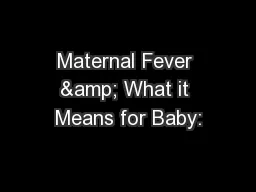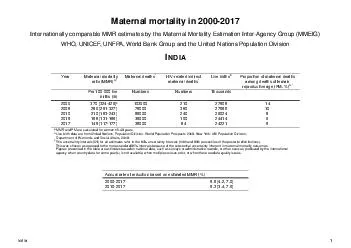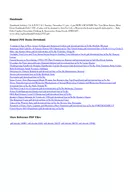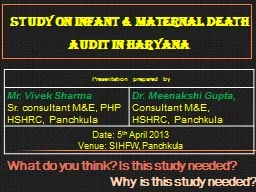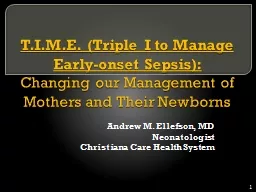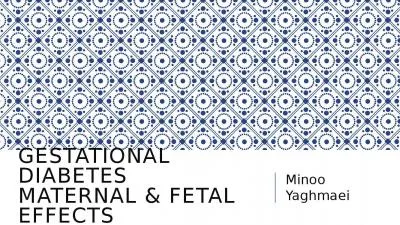PPT-Maternal Fever & What it Means for Baby:
Author : pamella-moone | Published Date : 2018-03-18
A Changing Definition Andrew M Ellefson MD Neonatologist Christiana Care Health System Edited by Cem Soykan MD Pediatric Hospitalist at CCHS 1 Background amp Definitions
Presentation Embed Code
Download Presentation
Download Presentation The PPT/PDF document "Maternal Fever & What it Means for B..." is the property of its rightful owner. Permission is granted to download and print the materials on this website for personal, non-commercial use only, and to display it on your personal computer provided you do not modify the materials and that you retain all copyright notices contained in the materials. By downloading content from our website, you accept the terms of this agreement.
Maternal Fever & What it Means for Baby:: Transcript
Download Rules Of Document
"Maternal Fever & What it Means for Baby:"The content belongs to its owner. You may download and print it for personal use, without modification, and keep all copyright notices. By downloading, you agree to these terms.
Related Documents

